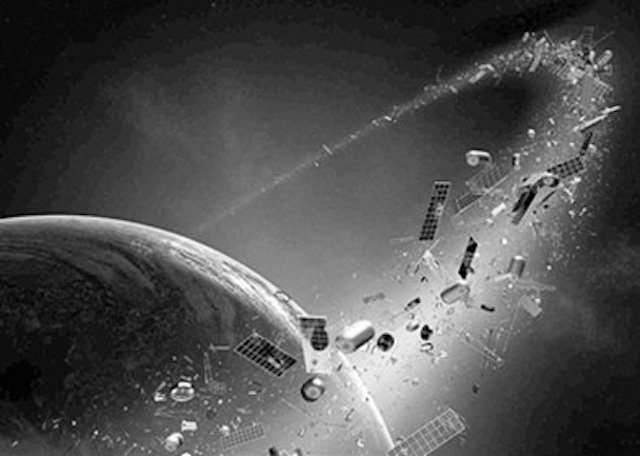LONDON, ENGLAND — An innovative experiment of deploying “de-orbit sails” on space objects like satellites may lead to better solutions to the growing problem of space junk, Britain’s Defence Science and Technology Laboratory (Dstl) announced on Monday.
Hundreds of thousands of man-made objects orbit the Earth, but fewer than 5,000 are operational satellites. The most congested area sits within 2,000 km of the Earth’s surface, known as low Earth orbit (LEO). Space junk threatens to make space exploration and satellite launches impossible, and poses a hazard to existing satellites.
To tackle the problem, the Inter-Agency Space Debris Coordination Committee (IADC) has proposed that all LEO satellites should be de-orbited within 25 years. But the traditional de-orbiting rocket method is expensive. Now Dstl space scientists are exploring alternative methods.
The so-called Daedalus experiment is exploring the effect of the Icarus “de-orbit sails” on satellites.
These sails are made of 25 micrometer-thick aluminium-coated Kapton, a high heat-resistant polyimide film. When deployed on satellites, the sail increases drag, causing a controlled descent into the Earth’s atmosphere where the satellite will burn up.
The first trial has just started. A Canadian satellite, known as CanX-7, deployed its de-orbiting sail in early May 2017 and is expected to burn up in the Earth’s atmosphere in around two years’ time.
Two other satellites, TechDemoSat-1 (TDS1) and Carbonite-1 (CBNT1), have been fitted with the Icarus de-orbit sails and are expected to start their descents later this year.










